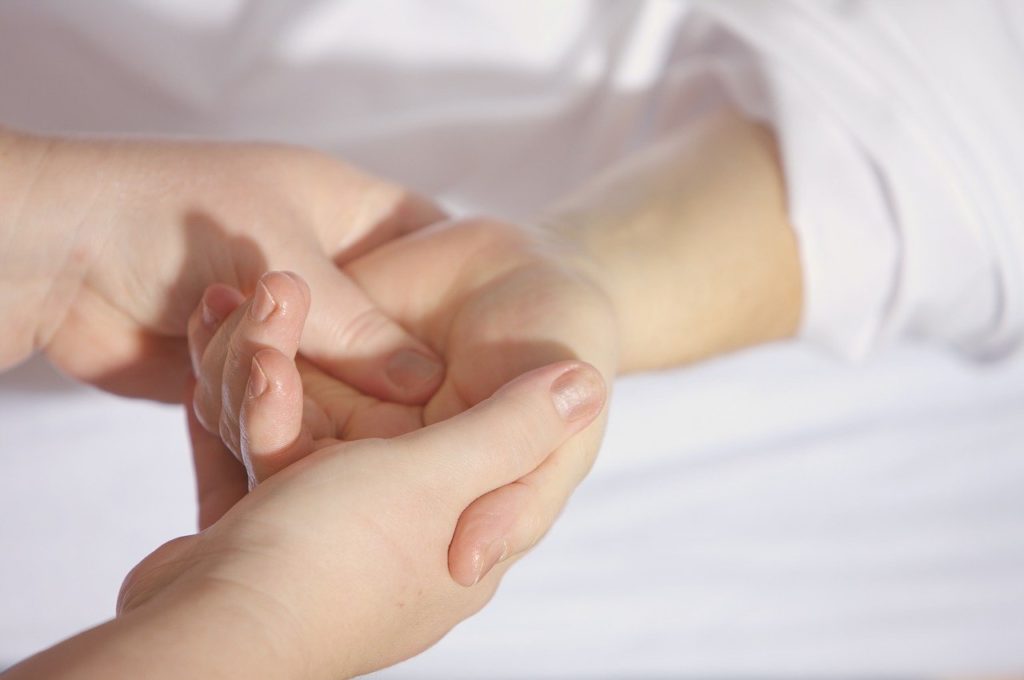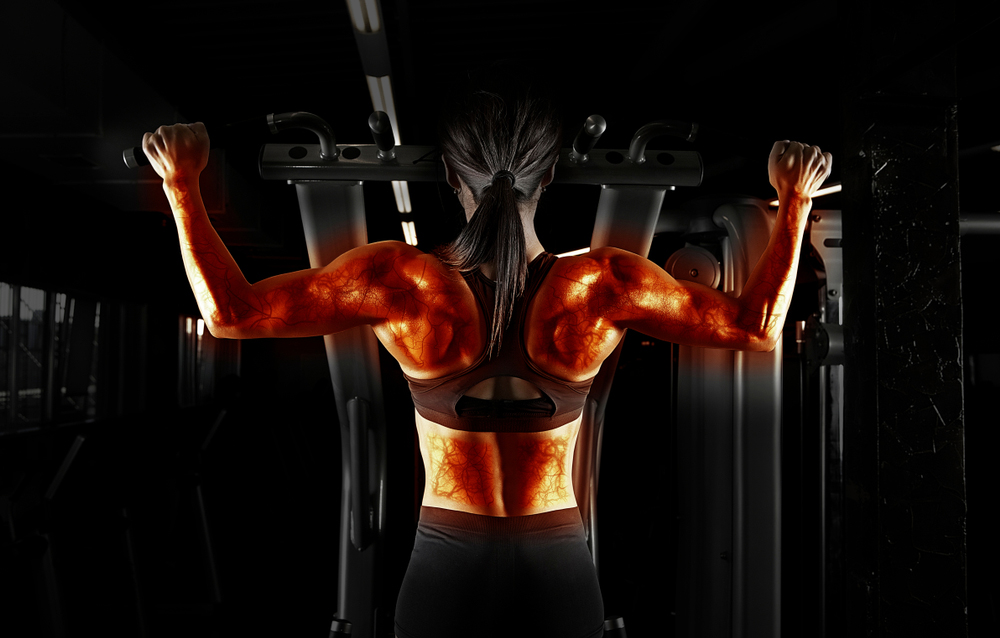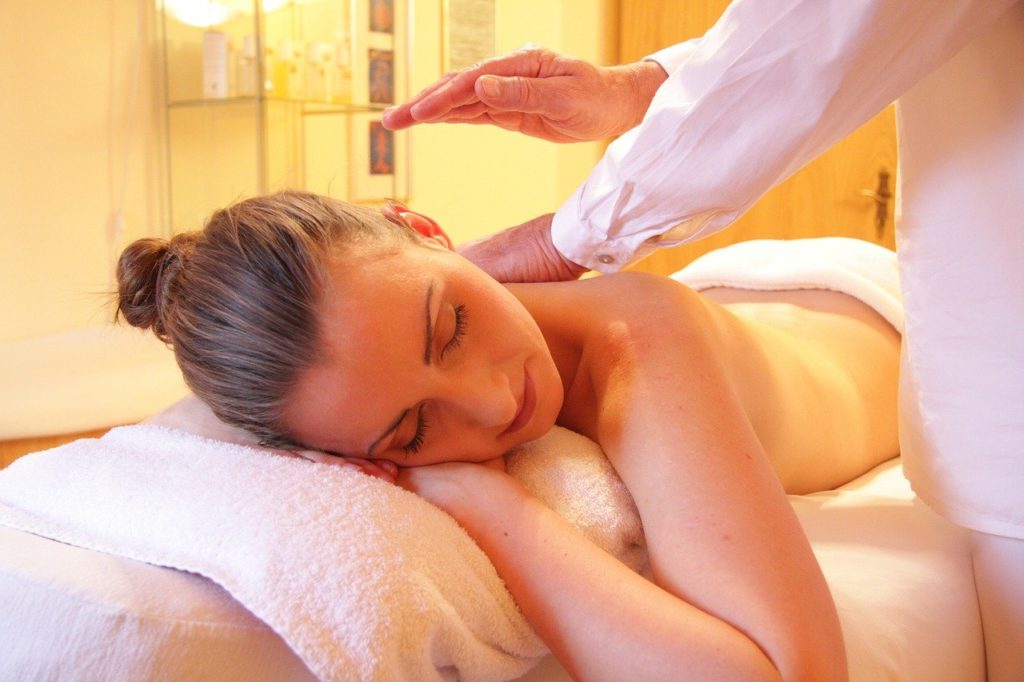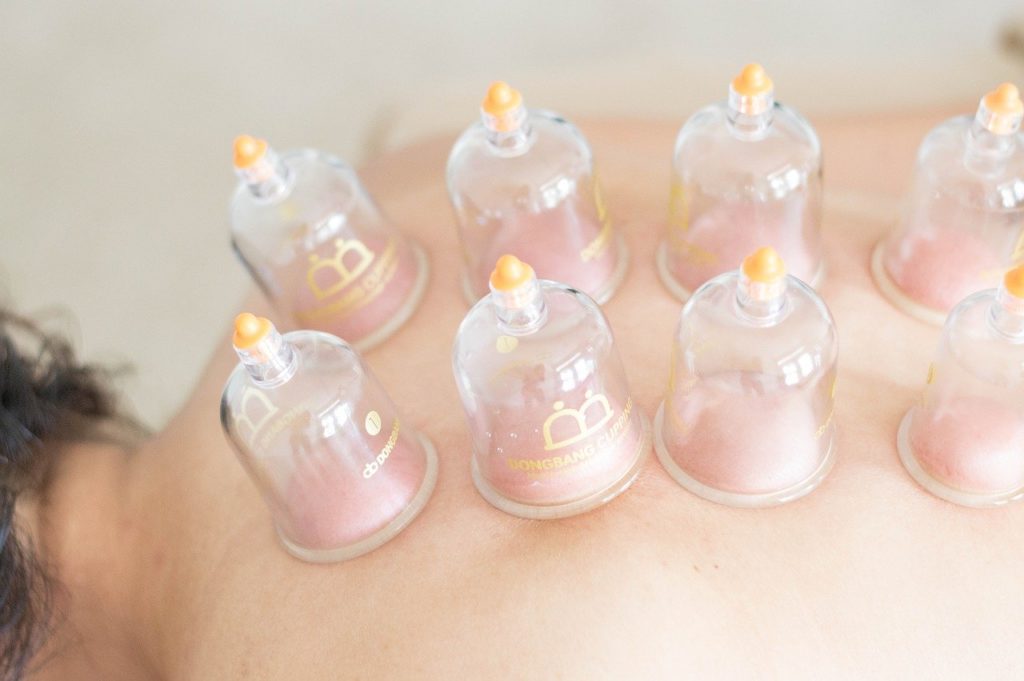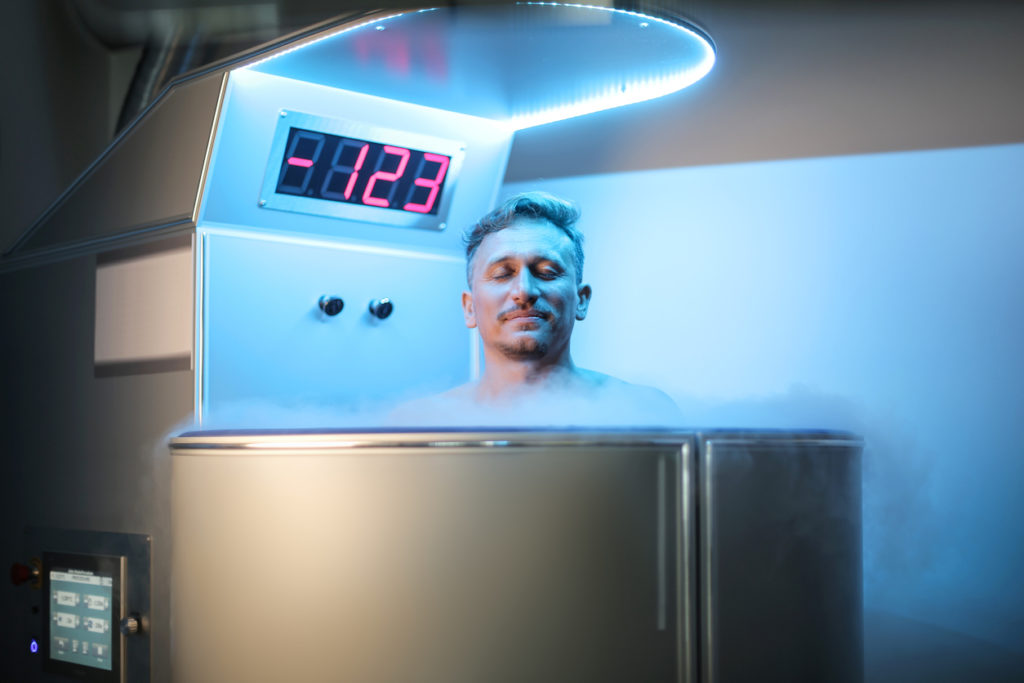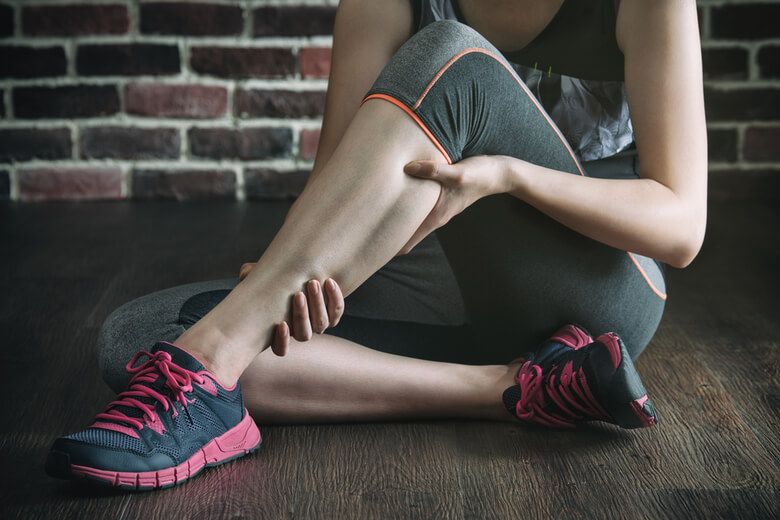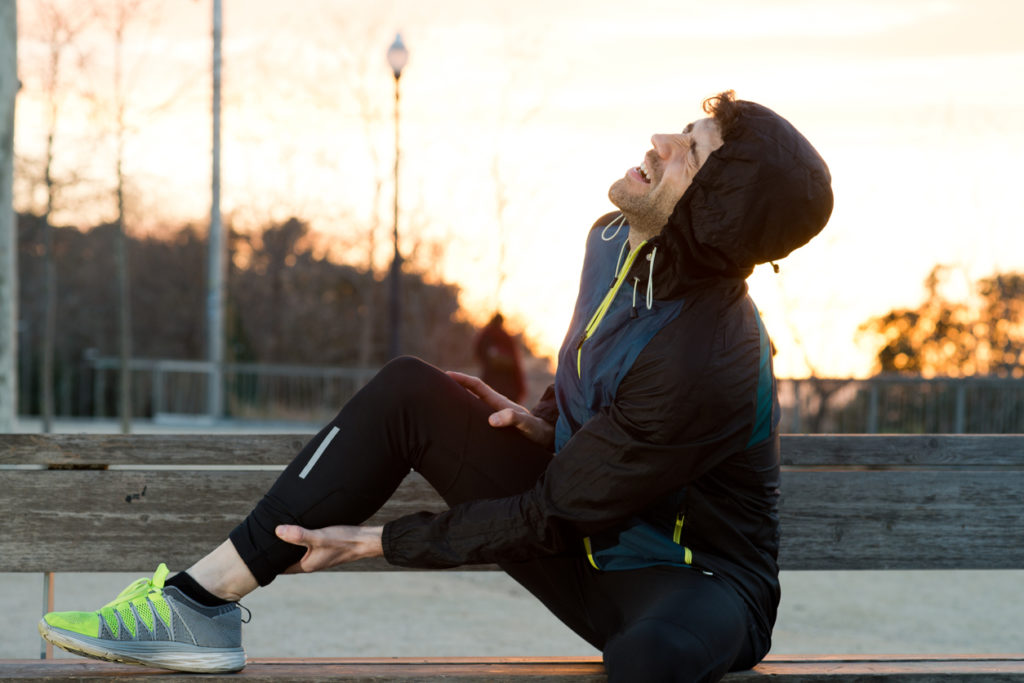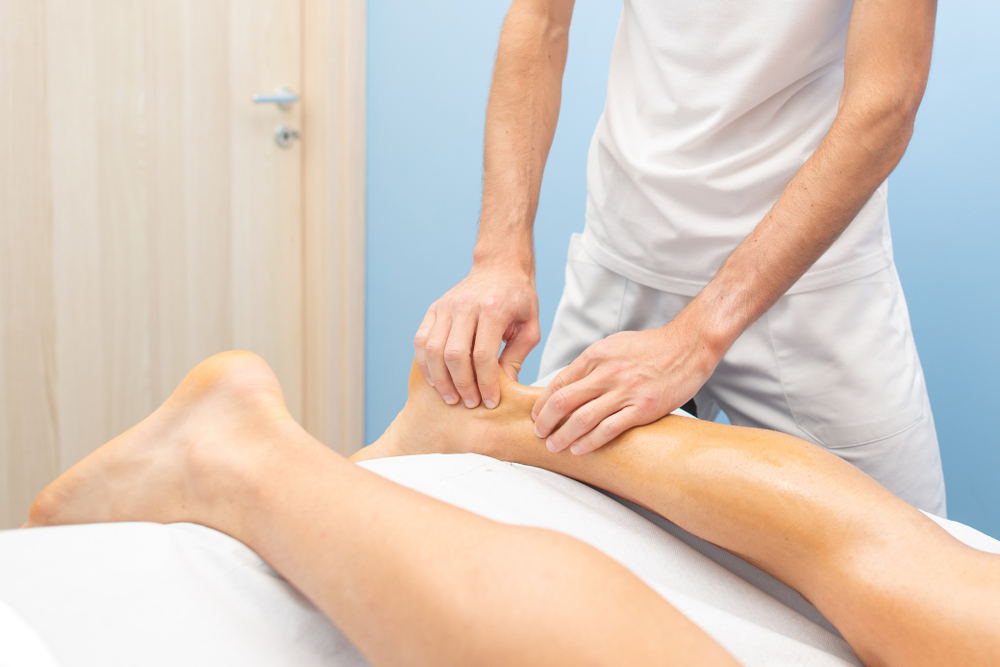Put aside by many athletes, recovery after intense physical activity is mandatory for good progress.Whatever form it takes, this stage of sports training has many advantages, including the ability to avoid injury and illness.It can be done with the help of a professional such as an osteopath.Find out more about the methods of recovery for the athlete after a sporting activity in this article.
Why do we need to recover from sport?
There are many reasons why people decide to take part in sports.Either for your own well-being or to prepare for a competition as an athlete.Whatever the objective, it takes a well-defined strategy and plan to achieve your goals.The result is not only the number of training sessions without rest.You need to add to this a healthy lifestyle, recovery time and the quality of the different exercises performed.
Recovery must be part of the athlete's training programme.It allows the body to regenerate and to be ready for another session.In this way, the body assimilates and adapts to the new realities of physical exercise.This is why it is much more advisable to consider a personalised sports programme.The professional or trainer will then base himself on the realities of each person to adapt the programme of physical sessions.
How to recover after sports sessions? To answer this question, it should be pointed out that there are different methods available.
Osteopathy: a solution for recovery after physical exercise
Recovery is one of the frequent reasons why sportsmen and women consult health professionals.Osteopathy represents a passive recovery method that can be used and is generally implemented through two different approaches.
A mechanical approach
The therapist's intervention focuses on the muscles involved in physical exercise.The aim is torestore the natural mobility of the affected area of the body.This is identical to the procedure in an ordinary osteopathic consultation.The professional ensures through the gestures and movements of the athlete abalance and a good functioning of the different bone structures.
Indirect approach
This approach focuses on the anatomical structure of different areas that are involved in the athlete's movements.These include the nervous system, the respiratory system, the nervous system, the digestive system or the liver.
The autonomic nervous system, for example, is a device of the organism that canhelp recovery.It is by definition uncontrollable.However, there are manual actions that can stimulate its action.Its main role is to keep the body in balance in certain situations.
The type of treatment is adapted to each case.The osteopath makes a diagnosis and proposes a treatment taking into account many factors.
Use cupping
Thecupping is a recovery methodmuch more recognized to the Chinese culture.Today, it is used for thehealing of many ailments.It brings great relief to athletes. It helps to stimulate the lymphatic system and allows a good blood circulation.By its process, it contributes to a muscular recovery and to a fastrepair of the tissues.There is cupping by application:
- Dry cupping;
- Wet cupping;
- Mobile suction cups.
Each of these categories has a well-defined method, but a common purpose.Its use still raises great questions among scientists.
Cupping can be used to relieve sprains, tendonitis, respiratory ailments, recurrent headaches, etc.On many occasions, this treatmenthas proven to be effective and has received many testimonials from around the world.
Self-massage: an equally effective solution
A little-known approach, self-massage is also a recovery or fitness solution. It can be practised using a roller, a massage stick, a ball and many other accessories.This is a special method of fitness that can be performed anywhere and without the assistance of another person.
Self-massage contributes in many ways to a good recovery after sport.Both at the beginning and at the end of a sessionsapractice remains beneficial.It reduces muscular tension and thus reduces stress.It improves the function of the sympathetic nervous system, blood pressure and heart rate.It also reduces muscular inflammation.
This type of sports recovery is also simple and practical to perform by any athlete.It is much easier to regain your health to achieve your training goals.
Cryotherapy to recover from sport
Recovery from sport is a very important step in the fitness of an athlete.Thuscryotherapy is one of the techniques used by some specialists.Its principle is simple.It usesthe action of low temperatures on the human bodyto achieve a result.
The human body is thus subjected to a low temperature which forces it to deploy all the energy necessary to face this sudden change in conditions.This mechanism allows for good blood circulation, strengthens the immune system and accelerates muscle recovery.
It should be remembered that this is a slimming treatment and its application immediately after training is strongly discouraged.It is also not recommended for anyone with a fragile health.
What to remember about recovery methods after sport?
For both elite and recreational athletes, recovery should be part of everyone's training programme.There are many practices and techniques that can be used, but all have the same purpose.
With rigour and a rigorous follow-up, the recovery method helps the athlete to reach his objective and facilitates agood performance.It is very interesting to have a long and promising career and win many medals.However, one must take into account the limits of one's body in order not to fall victim to an unwanted injury.
Recovery helps to avoid many injuries:cramps,muscular elongations, etc.

